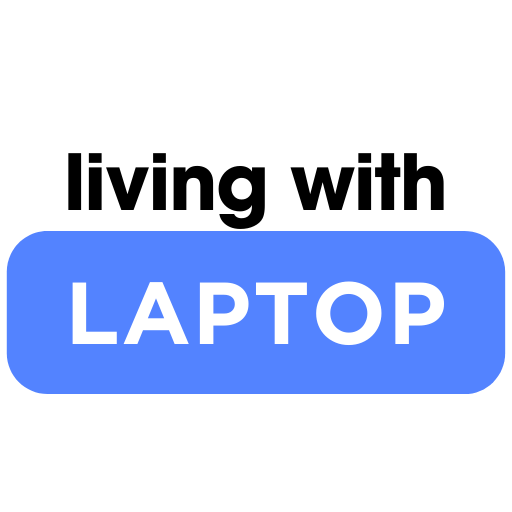In the fast-paced world of work, taking breaks is counterintuitive to productivity. However, research consistently demonstrates that strategic breaks are not only essential for maintaining well-being but also crucial for enhancing overall productivity.
In this article, we’ll explore the science behind adequate breaks and provide actionable tips on how to use breaks to recharge and boost productivity in your workday.
Understanding the Science of Breaks
The human brain isn’t designed to focus intensely for long periods without a break. Continuous work without rest can lead to burnout, reduced creativity, and diminished overall performance. Understanding the science behind breaks helps us appreciate their importance:
- The Ultradian Rhythm: The human brain operates on a natural ultradian rhythm, which consists of periods of high focus followed by a dip in alertness. Strategic breaks align with this rhythm, allowing us to maximize our energy and concentration during periods of peak alertness.
- The Pomodoro Technique: This time management method, developed by Francesco Cirillo, advocates working in focused intervals (usually 25 minutes) followed by a short break. This technique leverages the brain’s ability to concentrate for shorter durations and enhances overall productivity.
- The Power of Renewal: Breaks provide an opportunity for renewal. When we step away from work, engage in different activities, or relax, our brains recharge, improving cognitive function, creativity, and problem-solving abilities.
Effective Strategies for Breaks to Boost Productivity
Now that we understand the significance of breaks. Let us explore effective strategies to make the most of these pauses and recharge your mind for enhanced productivity:
The Pomodoro Technique:
Implement the Pomodoro Technique in your work routine. Set a timer for 25 minutes of focused work, followed by a 5-minute break. After completing four Pomodoro sessions, take a more extended break of 15-30 minutes. This structured approach optimizes your attention span and prevents burnout.
Physical Activity Breaks:
Incorporate short physical activity breaks into your day. Physical activity boosts blood flow, increases energy levels, and improves overall mood, whether it’s a quick stretch, a brief walk, or a few minutes of light exercise. These breaks can be particularly effective in combating the passive nature of many desk jobs.
Mindful Breaks
Practice mindfulness during breaks to reduce stress and enhance mental clarity. Activities like deep breathing, meditation, or a brief mindfulness exercise can help calm your mind, increase focus, and contribute to a more positive mindset.
Nature Breaks:
Take advantage of nature breaks. Spending a few minutes outdoors, whether in a nearby park or simply stepping into your backyard, can have rejuvenating effects. Ensure that nature has been linked to improved mood, reduced stress, and increased cognitive function.
Social Breaks:
Incorporate social breaks into your routine. Connecting with colleagues or friends during breaks, whether in person or virtually, fosters a sense of community and can provide a mental boost. Social interactions contribute to a positive work environment and can alleviate feelings of isolation.
Microbreaks:
Integrate microbreaks throughout your workday. These short, 1-2 minute breaks involve stretching, glancing out the window, or closing your eyes. Microbreaks prevent mental fatigue and maintain a steady level of focus.
Change of Environment:
Vary your surroundings during breaks. Move to a different room or find a cozy spot with natural light. Changing your environment helps stimulate creativity and prevents monotony.
Hydration Breaks:
Use breaks as an opportunity to stay hydrated. Dehydration can negatively impact cognitive function, so taking a few minutes to drink water or herbal tea promotes well-being and contributes to sustained focus.
Nourishment Breaks:
Consume a healthy snack during breaks to give your body and brain essential nutrients. Opt for snacks rich in protein, fiber, and healthy fats to sustain energy levels and avoid the post-snack energy slump.
Creative Breaks:
Engage in activities that stimulate your creativity. Whether it’s doodling, listening to music, or exploring a creative hobby, these breaks can ignite inspiration and enhance problem-solving abilities when you return to work.
Tech-Free Breaks:
Disconnect from screens during breaks. Continuous exposure to screens can contribute to eye strain and mental fatigue. Give your eyes and mind a break by engaging in screen-free activities like reading a physical book, taking a short nap, or practicing a hobby.
Reflection Breaks:
Allocate time for reflection breaks. Use this time to review your goals, accomplishments, and priorities. Reflecting on your work can provide clarity, reinforce your sense of purpose, and guide your focus for the day.
Laugh Breaks:
Incorporate humor into your breaks. Whether watching a funny video, listening to a comedy podcast, or sharing a joke with a colleague, laughter releases endorphins and contributes to a positive, energized mindset.
Learning Breaks:
Use breaks as an opportunity for continuous learning. Read a short article, watch a TED Talk, or take a quick online course. Learning breaks contribute to personal and professional development while providing a mental break from routine tasks.
Visualization Breaks:
Practice visualization during breaks. Close your eyes and visualize positive outcomes for your current projects or envision achieving your long-term goals. Visualization fosters a positive mindset and can boost confidence and motivation.
Conclusion
Strategic breaks are not a luxury but a necessity for maintaining optimal productivity and well-being in the workplace. Incorporating diverse and intentional breaks into your workday can recharge your mind, reduce stress, and enhance overall performance.
Experiment with different break strategies, observe their impact on productivity and tailor your approach to suit your preferences and work style. Remember, breaks are not a deviation from work but an integral part of a balanced and effective work routine.
